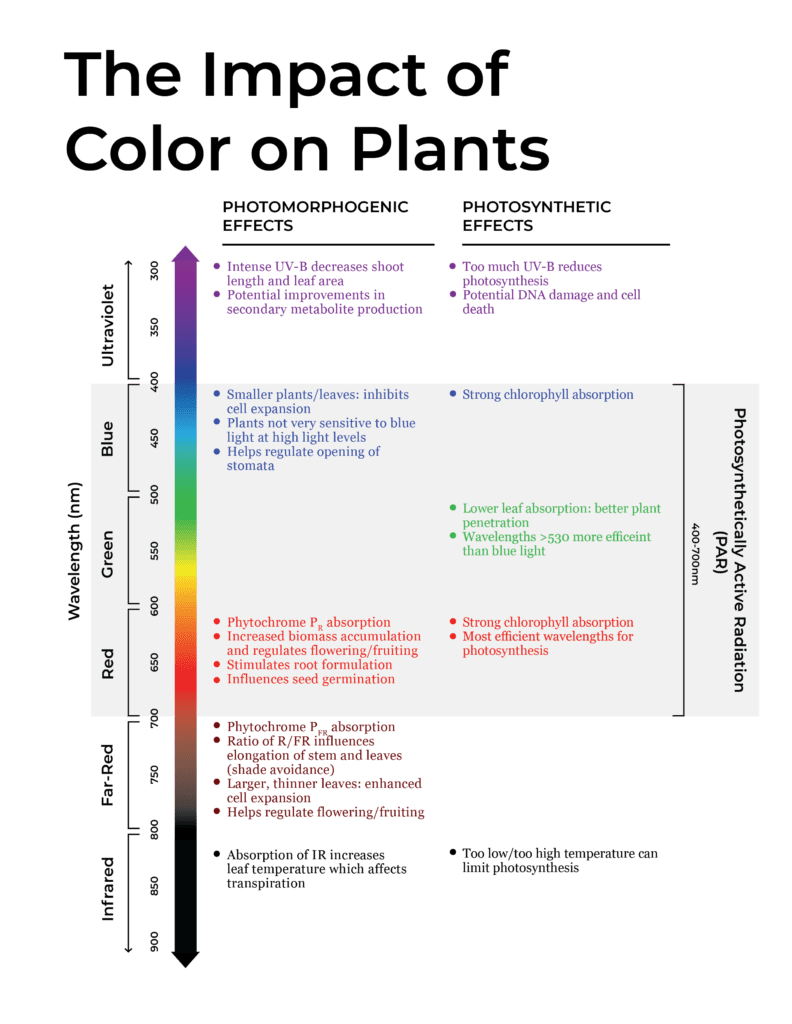2022
UbiQD Launches Two New Greenhouse Film Products for UbiGro
UbiQD and Heliene Start Agrivoltaic Module Development
UbiQD Launches UbiGro.com with New Greenhouse Studies
2021
UbiGro Film Enhances Cannabis Yield with Spectral Mod
2020
Nanotech & Luminescent Films Boost Greenhouse Quality
From Farm to Table: Quantum Dots that Do It All
Q&A: Nanosys, UbiQD Bring Quantum Dots to Agriculture
Greenhouse Technology Boosts Crop Yields Up To 20%
Layer Of Light Helps Plants Get More From The Sun
Quantum Dot Tech Boosts Yields & Energy with UbiQD
Hello Tomorrow Deep Tech Finalist
Cannabis Today Podcast – Steve Blank
2019
Efficient Colors Boost Crop Growth and Biomass
NASA Awards UbiQD Larger Contract for Space Crop Yields
Harvesting Of Red Light Accelerates Plant Growth
Frost & Sullivan Best Practice Award
Technological Advances Help Optimize Greenhouse Sunlight
UbiQD Wins 2019 SXSW Pitch in Hyper-Connected Category
10 Killer Agricultural Technologies
Nanotech & Luminescent Films Boost Greenhouse Quality

“UbiGro is essentially a layer of light in a greenhouse,” according to UbiQD’s chief of product, Matt Bergren, who enthusiastically described how the company’s UbiGro luminescent greenhouse film and its embedded nanotechnology facilitate light management in high-tech greenhouse settings. Based in New Mexico and established in 2014, UbiQD is harnessing nanotechnology for various applications, one of which is the optimization of greenhouse light quality through its UbiGro luminescent greenhouse films. UbiGro films use quantum dots to convert UV and blue photons to longer wavelengths, resulting in the emission of orange/red light. Otherwise stated, UbiGro is a photoluminescent film that glows when illuminated with sunlight due to the conversion of short wavelengths to long wavelengths. This allows growers to harness various wavelengths for photosynthesis and improve crop yields.
Damon Hebert, the company’s director of agricultural research, explained that UbiGro hold an advantage over conventional photoselective films, quantum dot film, and shade nets by maintaining light intensity while optimizing the light spectrum, whereas conventional methods typically address one at the expense of the other. Hebert also pointed out that “UbiGro luminescent films are electricity-free, whereas modifying the light spectrum by LEDs requires electricity.”
The modification of light spectra for plant growth is based on the principle that not all wavelengths are equal, with red wavelengths having been proven as the most photosynthetically efficient wavelengths. By converting UV radiation and blue light to red/orange light, UbiGro luminescent films increase the photosynthetic efficiency of light reaching the canopy, allowing growers to favor biomass accumulation, root development and flowering/fruiting. These principles were demonstrated in the first phase of a pilot program which evaluated the film’s performance in a high tech greenhouse setting from 2019-2020.
Source: HortiDaily
Share:











